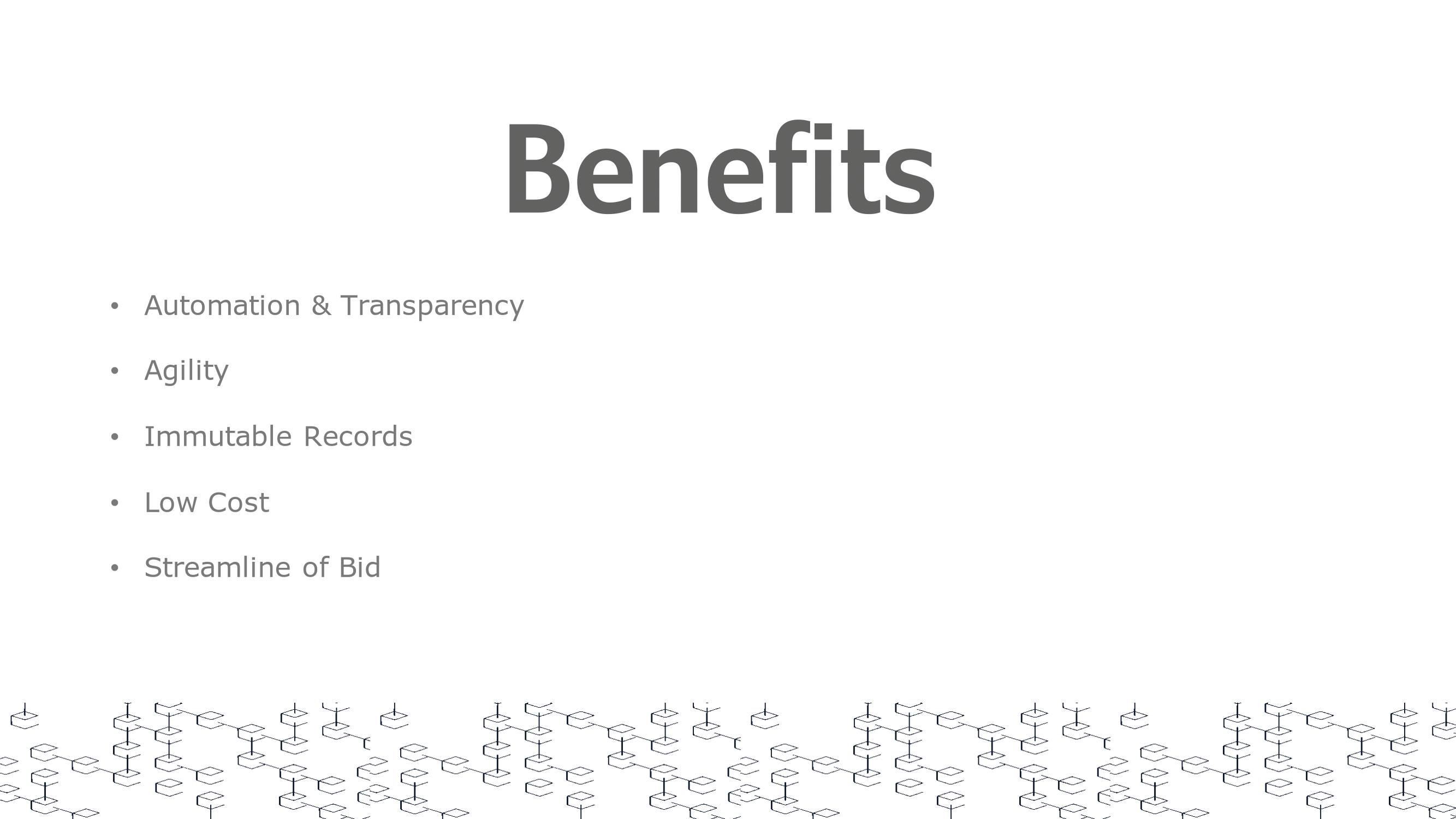Tender Bullet¶
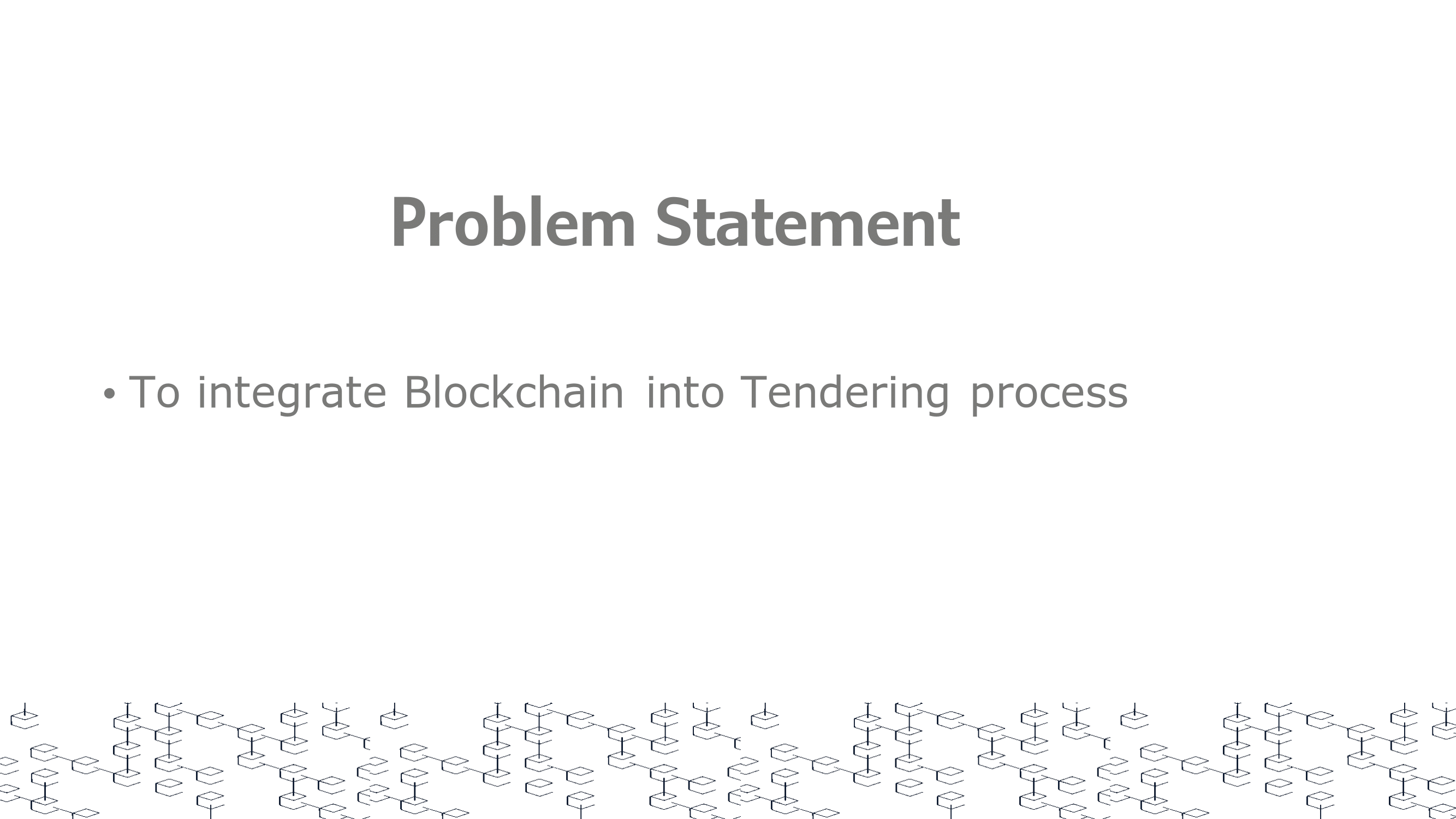
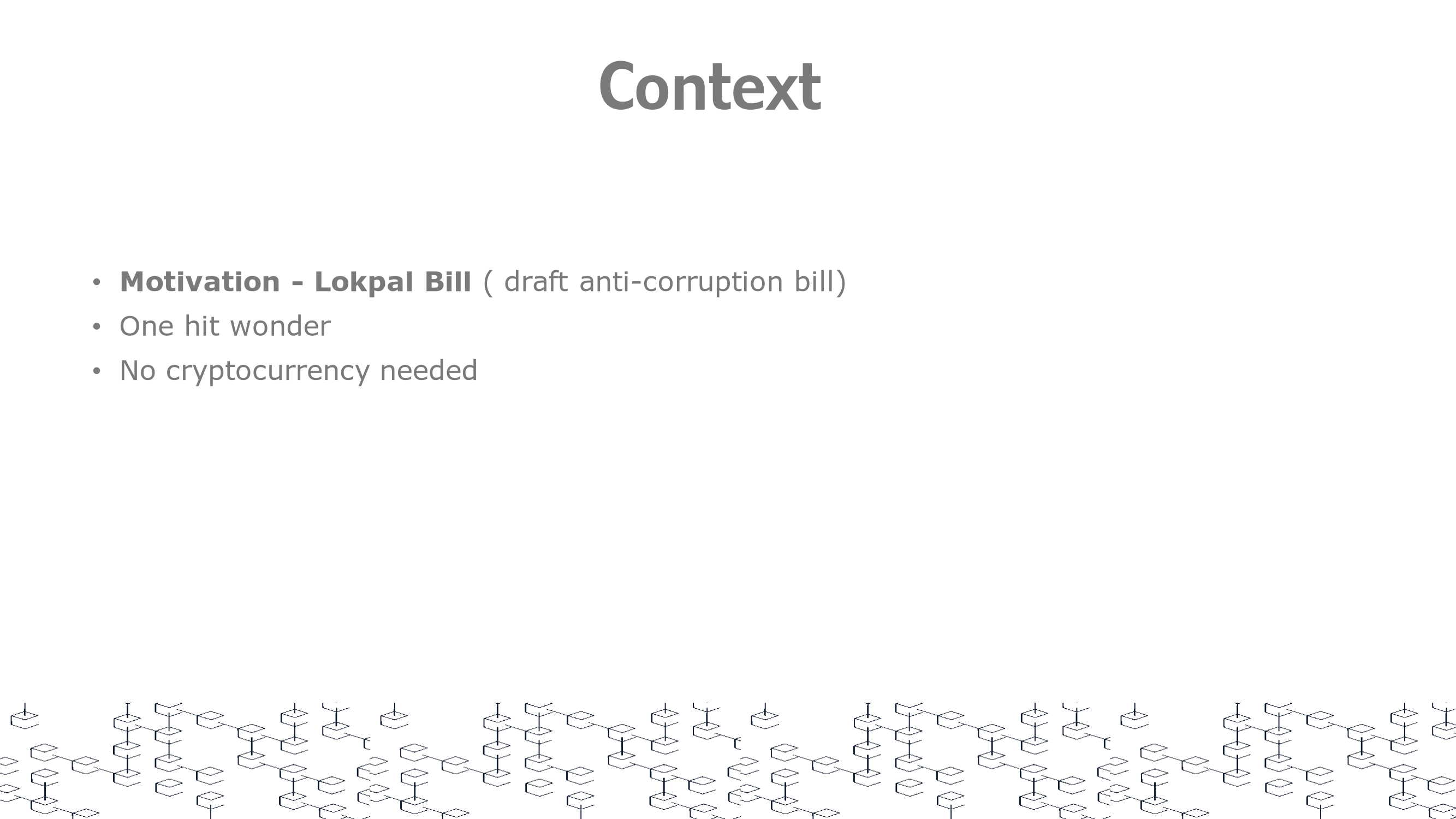


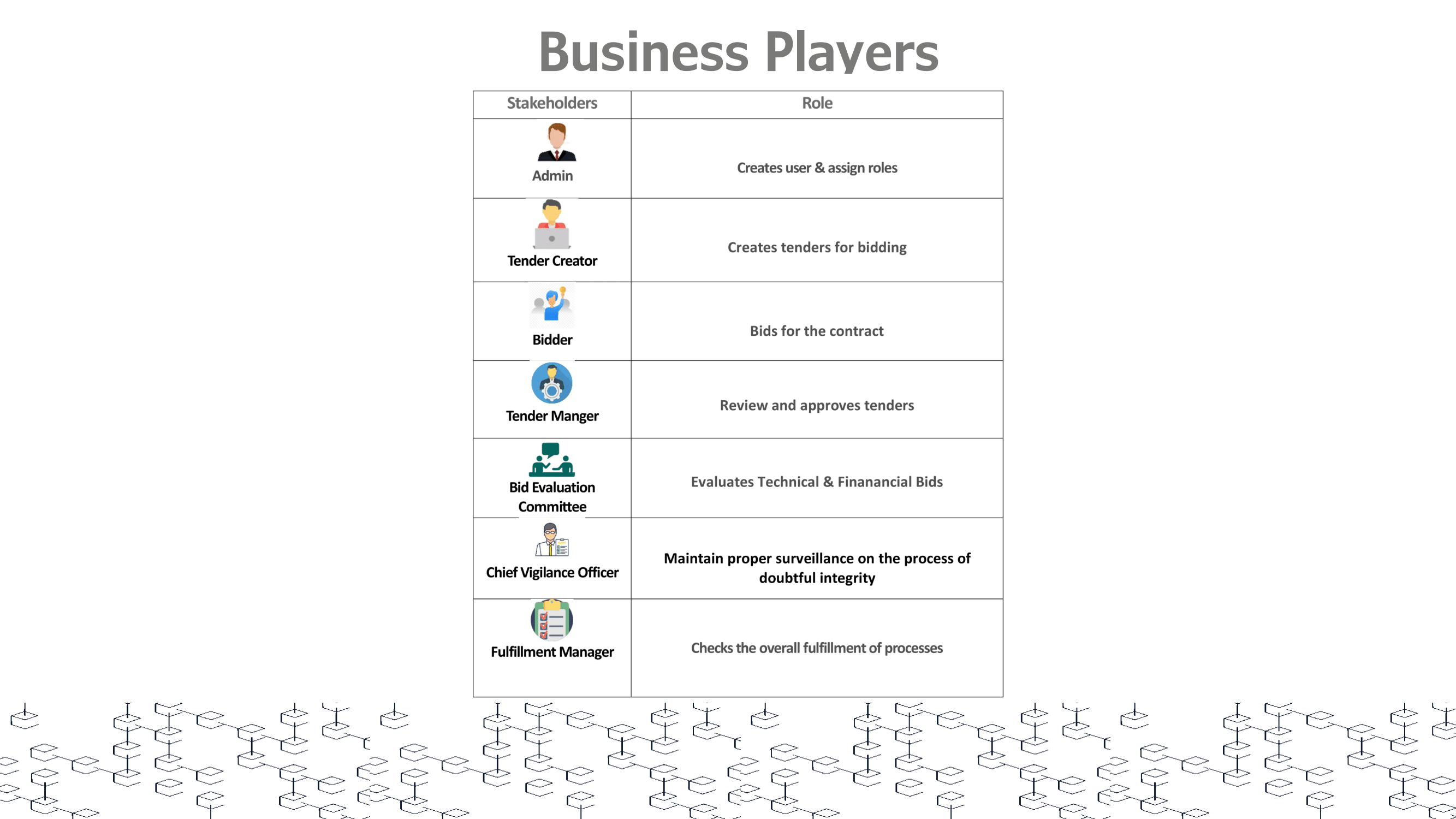
Technical Architecture¶
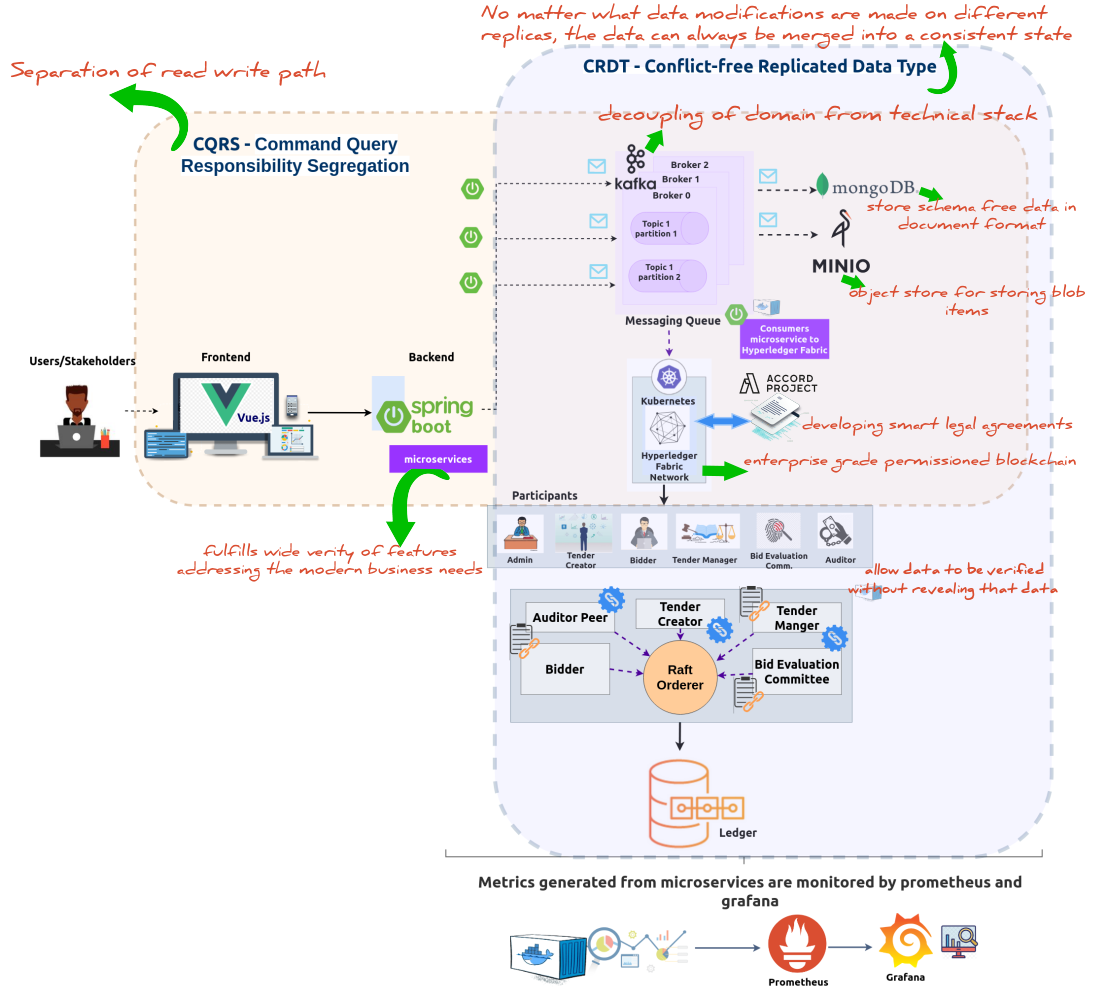
Building Blocks of our Solution -
Vue.js - is a progressive framework for building user interfaces. It is designed from the ground up to be incrementally adoptable and can easily scale between a library and a framework depending on different use cases. In the ever-changing world of front-end JavaScript frameworks, one of the emerging favorites appears to be Vue.js. Vue.js is a lightweight alternative to AngularJS & React.js. It is designed to be a very flexible—and a less opinionated—library that offers a set of tools for building interactive web interfaces around concepts such as modularity, components and reactive data flow.
Springboot Microservices - Microservice architectures are the ‘new normal’. Their small scale and relative isolation can lead to many additional benefits, such as easier maintenance, improved productivity, greater fault tolerance, better business alignment, and more. With Spring Boot, microservices can start small and iterate fast. That’s why it has become the de facto standard for JavaTM microservices.
CQRS - stands for Command Query Responsibility Segregation. The pattern proposes separating the write data model from the read data model. using commands to update data, and queries to read data. CQRS is ideal for our solution as scalability is an essential requirement for the platform.
Apache Kafka is a distributed data store optimized for ingesting and processing streaming data in real-time. Kafka provides three main functions -
Publish and subscribe to streams of records
Effectively store streams of records in the order in which records were generated
Process streams of records in real time
In our architecture Kafka is used as a message broker solution, it processes and mediates communication between multiple apps.

Apache Kafka brings agility and enhances the adaptability of our solution. It provides decoupling of core infrastructure from domain {user stories / workflows}

MongoDB a document database, it stores data in JSON-like documents. The document data model is a powerful way to store and retrieve data that allows developers to move fast, scale-out architecture can support huge volumes of both data and traffic. It will be one of the consumer microservice which will save data to DB.
MinIO - is a high-performance and distributed object storage which will be used in our case to store blob items. It is an API compatible with Amazon S3 cloud storage service.
CRDT - stands for Conflict-free Replicated Data Types, are family of replicated data types that have a common set of properties that enable operations performed on them to always converge to a final state consistent among all replicas. To ensure that conflicts never happen and cause problems in our solution incorporating CRDT will provide a solution for merging and resolving conflicts in the presence of concurrent updates.
Accord Project - establishes an interoperable approach for creating smart contracts which bind legally enforceable natural language text to executable business logic. Tenderbullet aims to create a blockchain-based business network on the Hyperledger Fabric that invokes Accord Project components to execute Smart Legal Contracts.
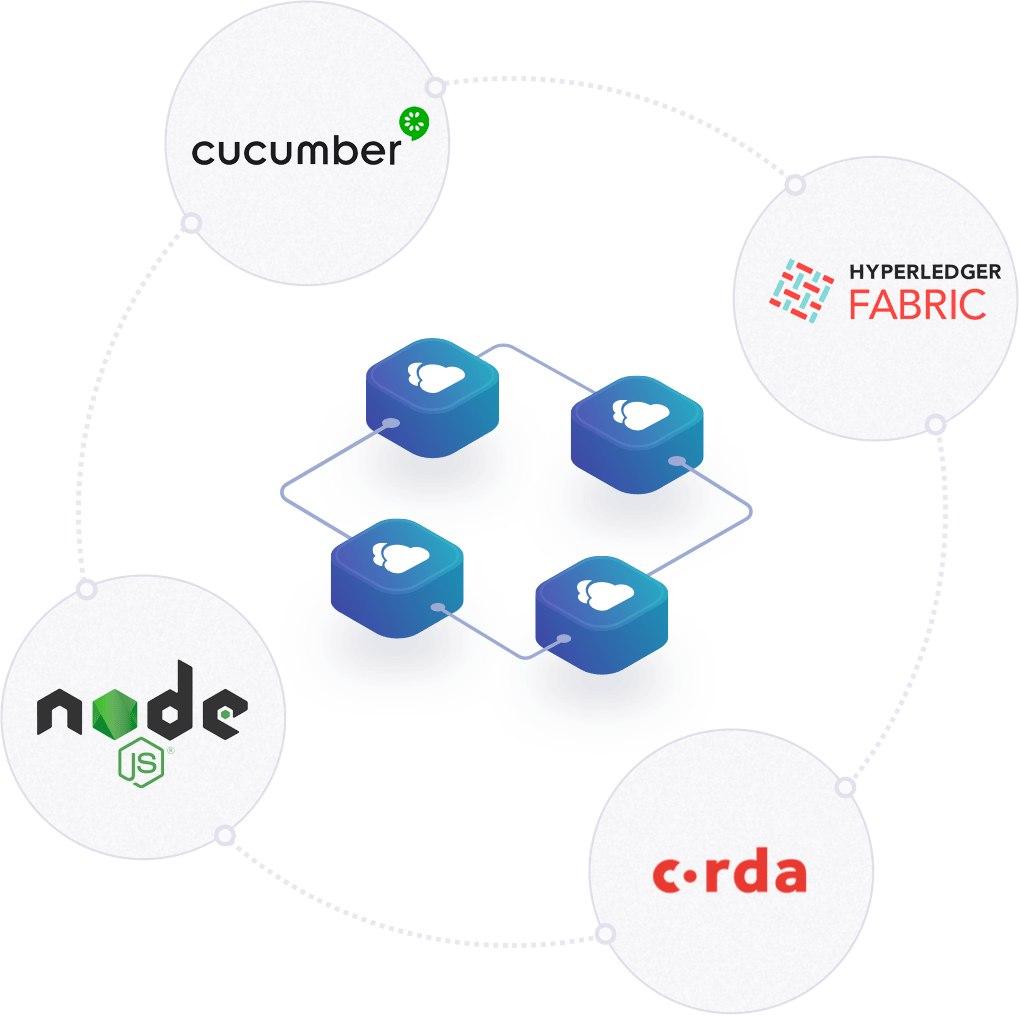
Accord Project touchpoints¶


The four essential tools our solution will include -
Cicero - implementation of the Accord Project Template Specification. It provides a universal format to structure contract clauses, sections, or whole contracts as machine-readable objects.
Ergo is a computer language for writing smart legal contracts. The language is blockchain neutral: the contract logic can be executed on and off chain on a variety of distributed ledger technologies. It is modular, allowing for the reuse of the existing contract or clause logic.
Template Library - The library holds all Accord Project contracts and clause templates developed so far. The templates are produced using the Accord Project Cicero format.
Model Repository - holds standard reusable data models that can be imported and used within the Smart Legal Contract Cicero templates and in Ergo logic.
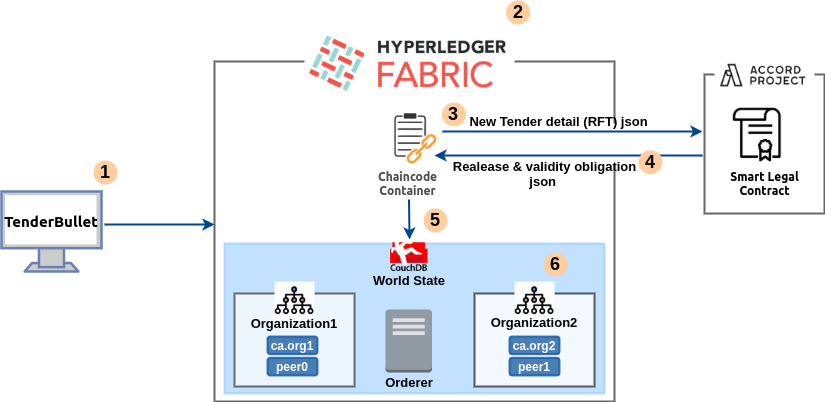
Hyperledger Fabric - is a platform for distributed ledger solutions, underpinned by a modular architecture delivering high degrees of confidentiality, resiliency, flexibility, and scalability. It is a permissioned and enterprise grade solution. We aim to use the Raft consensus algorithm, as it allows different organizations to contribute nodes to the ordering service, enabling more decentralized network architecture.
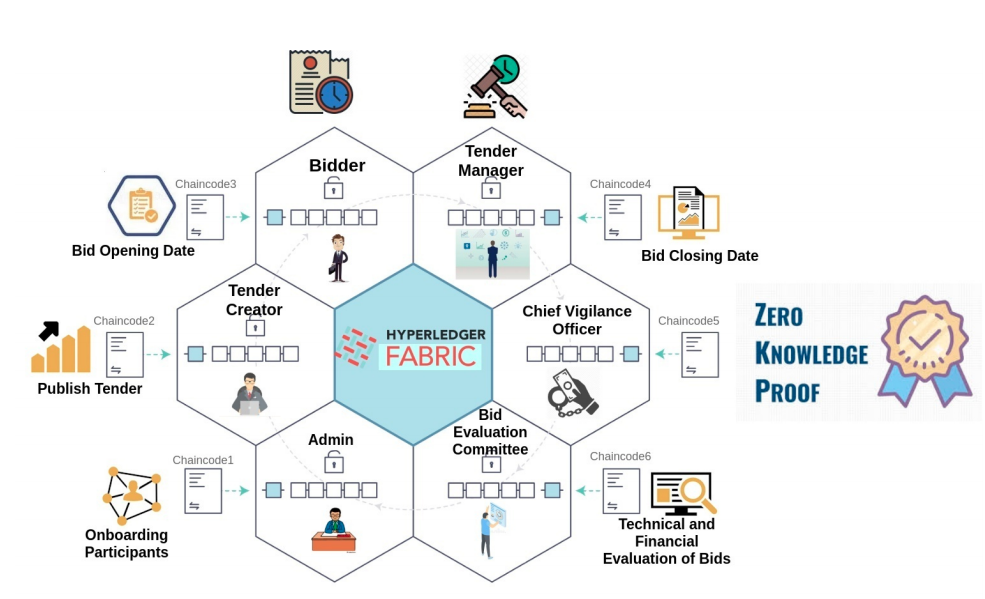
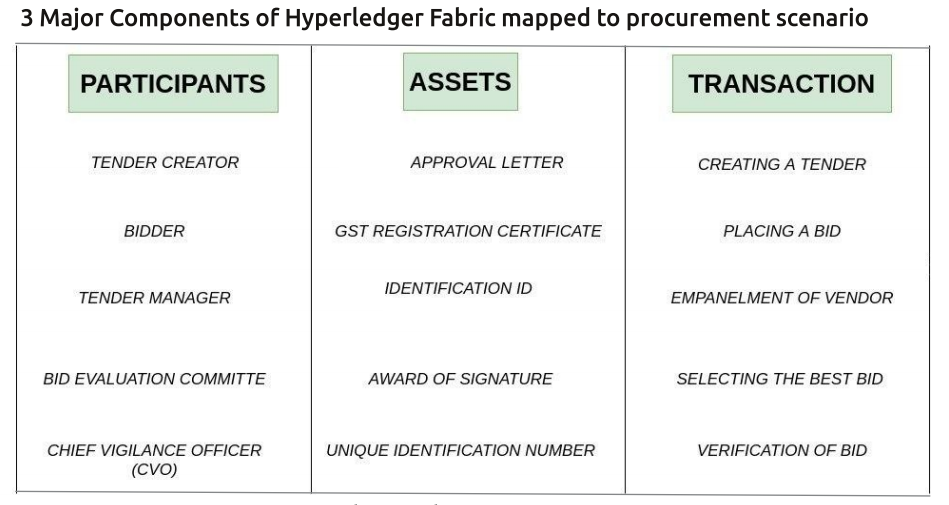
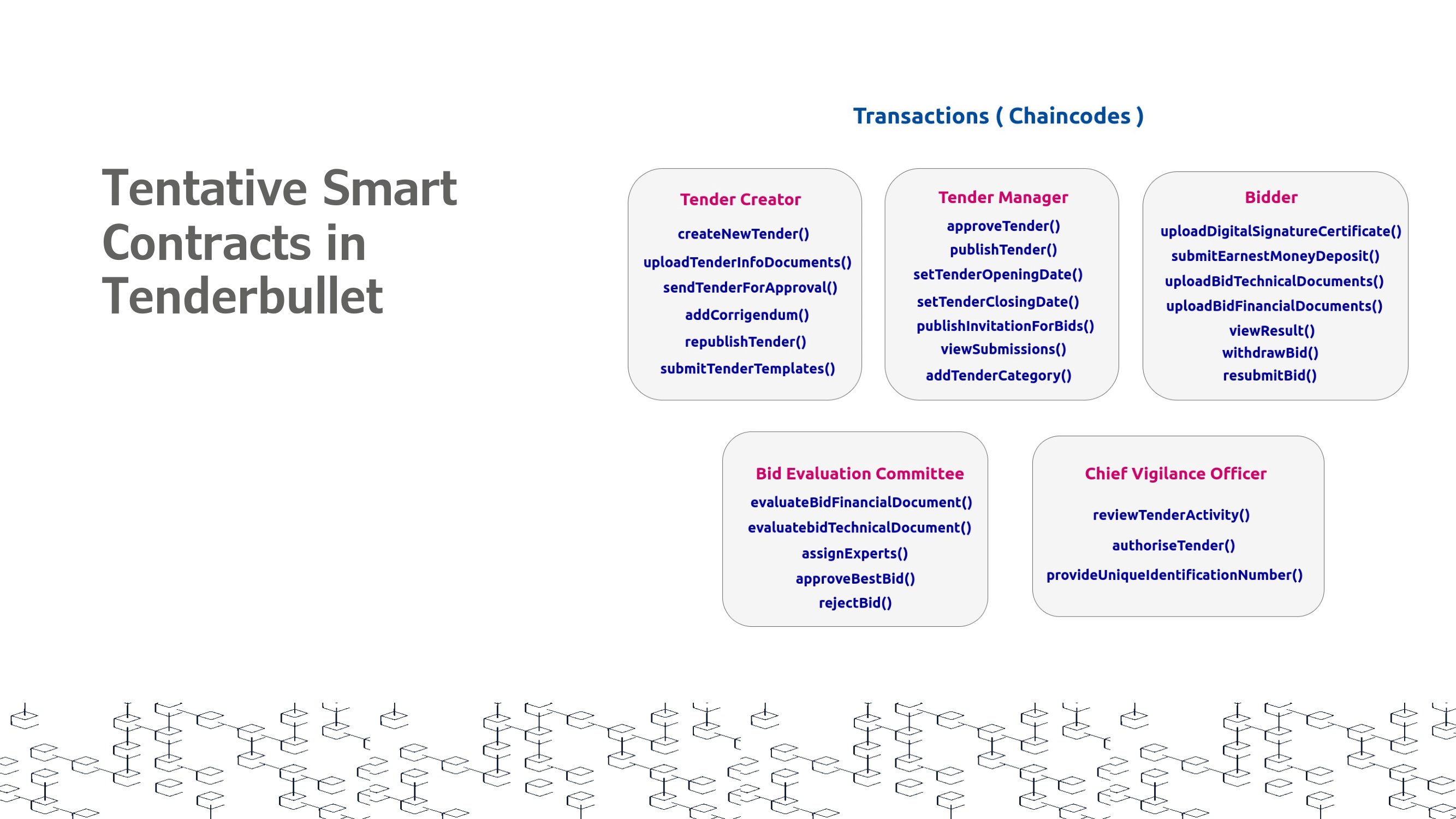



Adoption Strategy¶
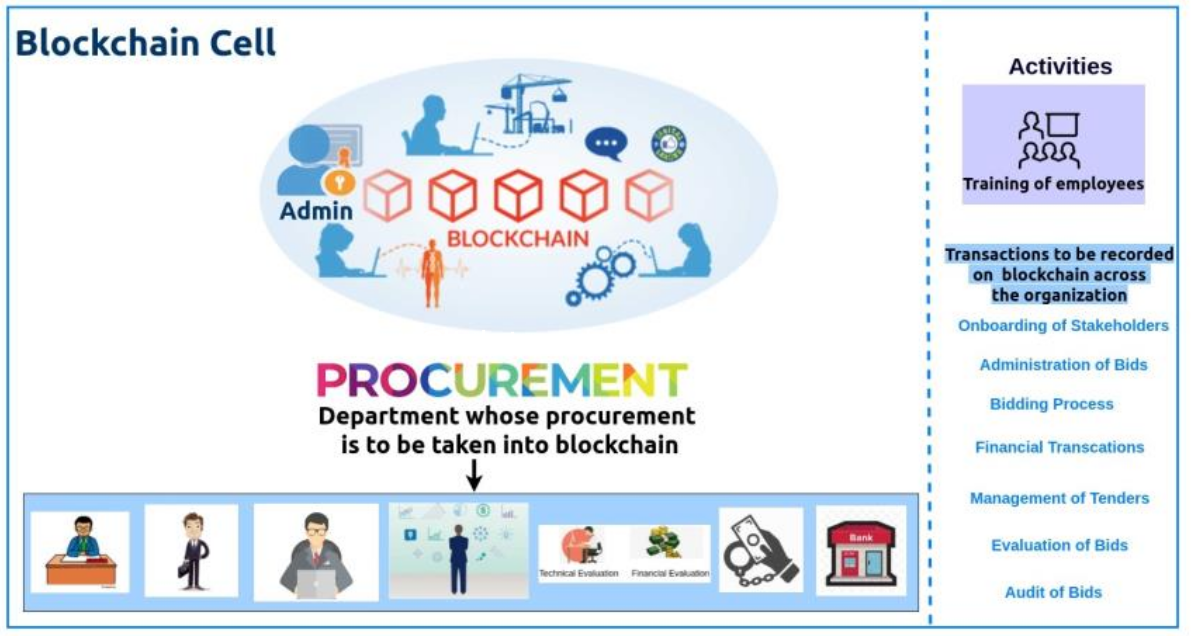
Any project has a potential to deliver unexpected results until and unless we focus on user adaption strategy. Most technology user adaption is the main cause of failure. You need to think carefully how we will onboard the stakeholders into a project after the project is developed from technical point of view
Used properly, key competitive advantages can be gained. However, without proper user adoption you risk spending time and capital to build something that will hinder your operations. All solutions should be developed using best practices in user experience design, but it takes more than that to succeed.
Following are the activities that are advised under “Training of Stakeholder” in “TenderBullet” project.
The transactions that are created in the blockchain are to be recorded across the organization.
The users are provided the strategy and the steps to onboard the key stakeholders that are going to be part of the blockchain.
They are provided with training on administration of bids and the entire bidding process, so the administration process is strongly audited before they admit a stakeholder into the blockchain.
The audit of the financial transactions of the bidders which is necessary to asses a bidder is defined, also they are trained to handle and manage the tenders that are floated by the tender manager.
Once the bidder submits the bids the evaluation of the same along with the Audit of Bids are considered to take the bidders as a key player in the “TenderBullet” project.

Business Model¶

One needs a clear path to build something meaningful. The process of building a business model establishes a plan for how you will realize your vision. It lays out the strategy behind a new undertaking or investment and provides a framework for tracking progress.
Creating a business model requires deep thought and analysis. Company and product builders must think from the outside in, focusing on market needs and what matters most to customers. Once built, sharing your business model across the organization encourages alignment. This keeps everyone accountable for what they are working on and why, as well as guiding investments of time and resources.
The business model for this “TenderBullet” is as follows.
The business model of this project starts with pay per tender model.
The project is sold to any intra organization with the pay per tender model along with the total number of tenders per day for the whole year along with the number of business clients that are going to use the project.
Revenue Model = Per Tender X Total No. Of Tenders Per Day X 365 Days X no. Of Business Clients.

Conclusion¶
There are lot of open items when it comes to amalgamation of ethics , law (as code) and Blockchain. We have presented a path that involved using Hyperledger Fabric as private permissioned blockchain infrastructure , Accord Project for incorporating Law related components, but ethics is still widely left uncharted tangent .

